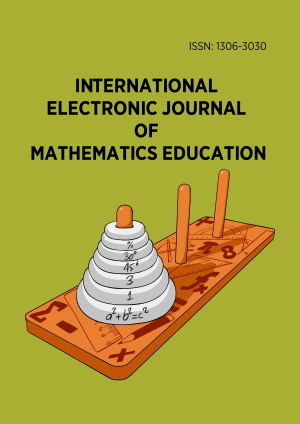Abstract
Recently, some mathematics education researchers have challenged the notion that recommended beliefs and practices are “washed out” or ignored by beginning secondary mathematics teachers. Yet, the focus of these studies tends to be how coursework informed beginning mathematics teachers’ practices and no other components of teacher education such as field placements or more specifically community-based field placements. Having documented moments of interdependence (nos/otrx) or grappling with multiple conceptions of mathematics by pre-service secondary mathematics teachers as they work with Black and Latinx students during an after-school mathematics club, it is possible that beginning secondary mathematics teachers could also enact moments of interdependence during their first year of teaching. As previous research has documented that teacher education program coursework and student teaching impacts the practices of beginning teachers, then community-based field placements could also impact practices of first-year teachers. This qualitative interview study juxtaposes moments of interdependence by three White women as volunteers at an after-school mathematics club with moments of interdependence during their first year of teaching. Although moments of interdependence did occur during their first year of teaching, these moments were uncommon. This study offers implications for research and teaching.
License
This is an open access article distributed under the Creative Commons Attribution License which permits unrestricted use, distribution, and reproduction in any medium, provided the original work is properly cited.
Article Type: Research Article
INT ELECT J MATH ED, Volume 21, Issue 1, February 2026, Article No: em0860
https://doi.org/10.29333/iejme/17349
Publication date: 01 Jan 2026
Online publication date: 28 Oct 2025
Article Views: 754
Article Downloads: 328
Open Access References How to cite this article
 Full Text (PDF)
Full Text (PDF)